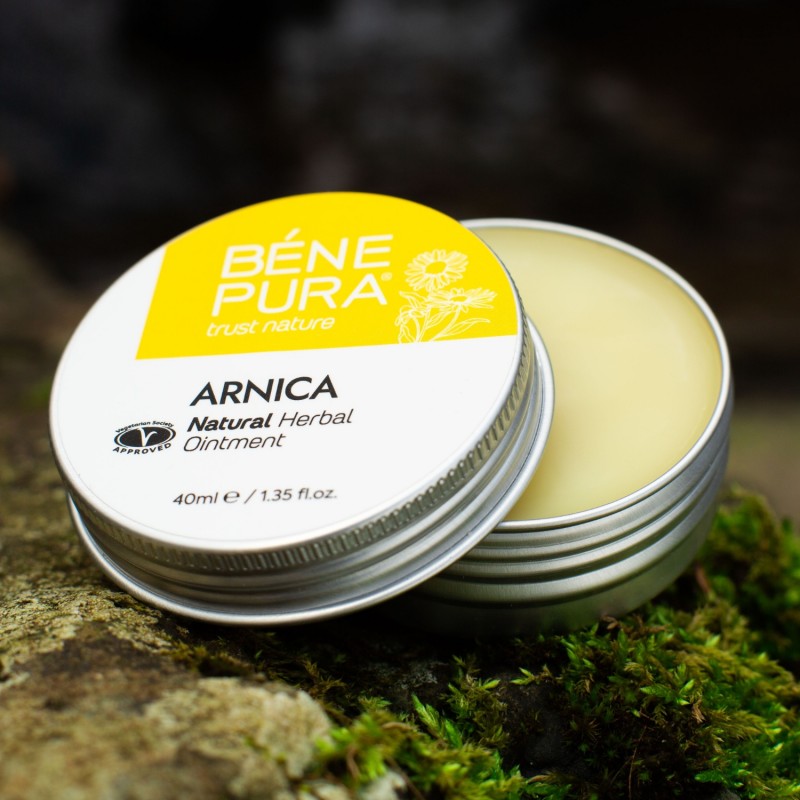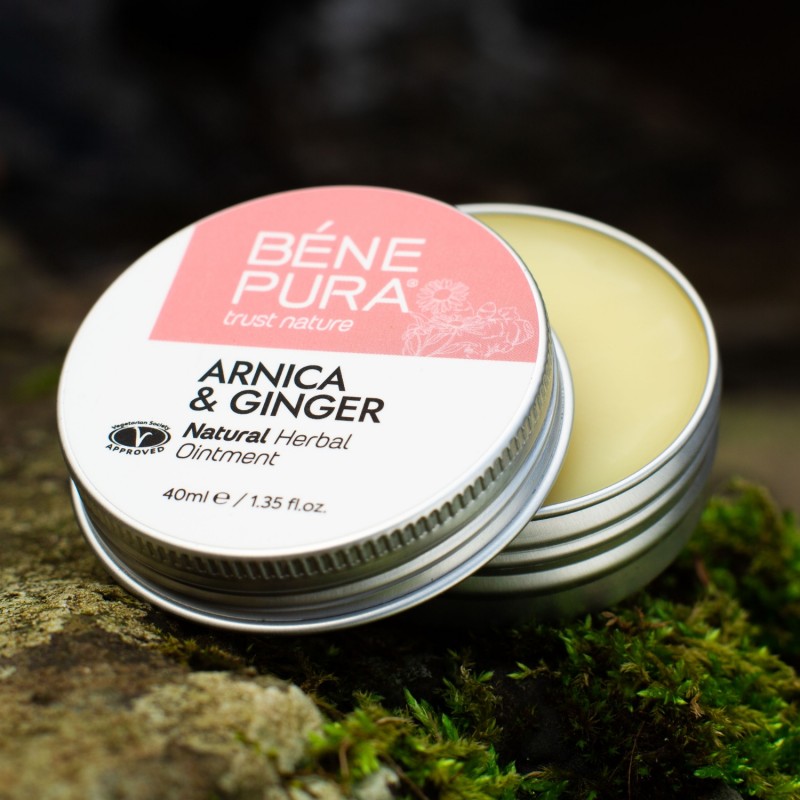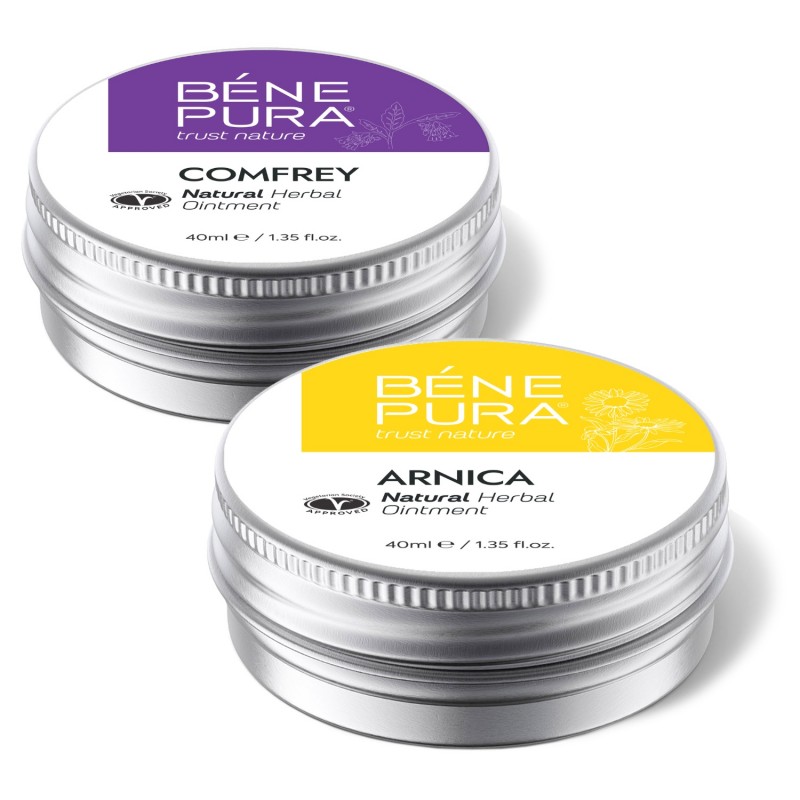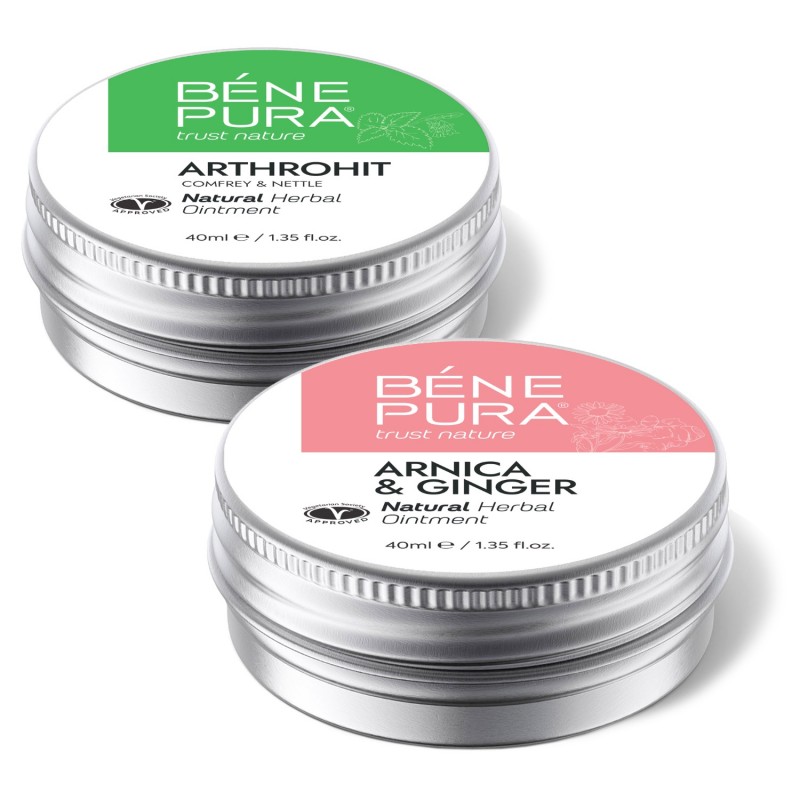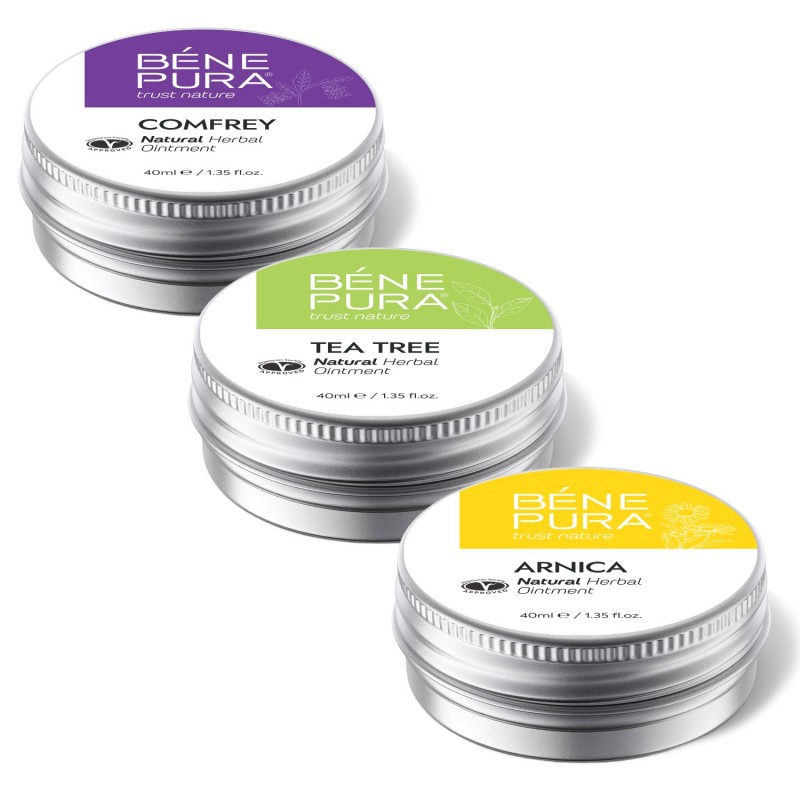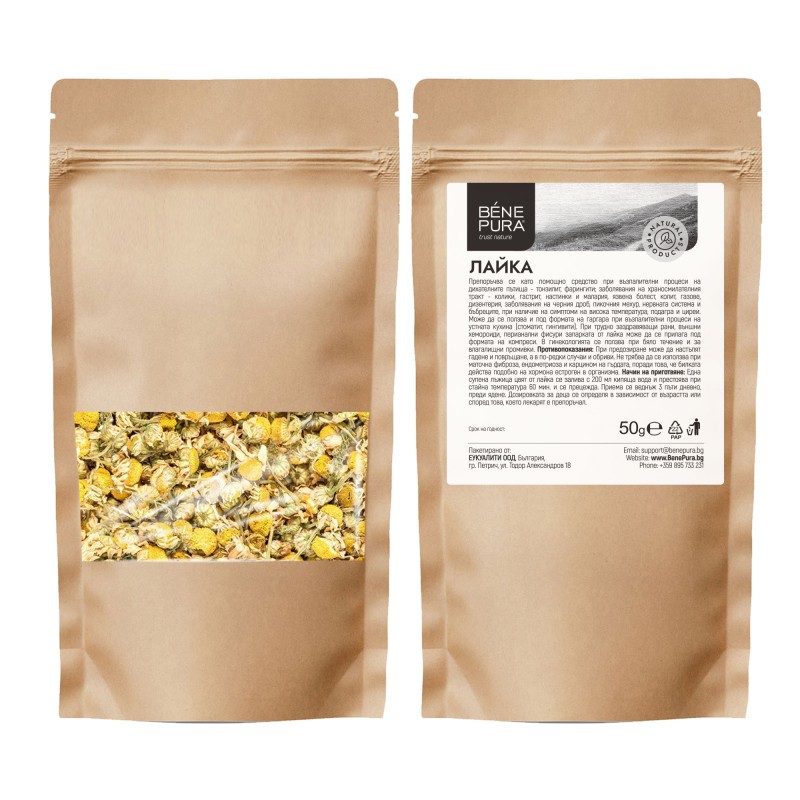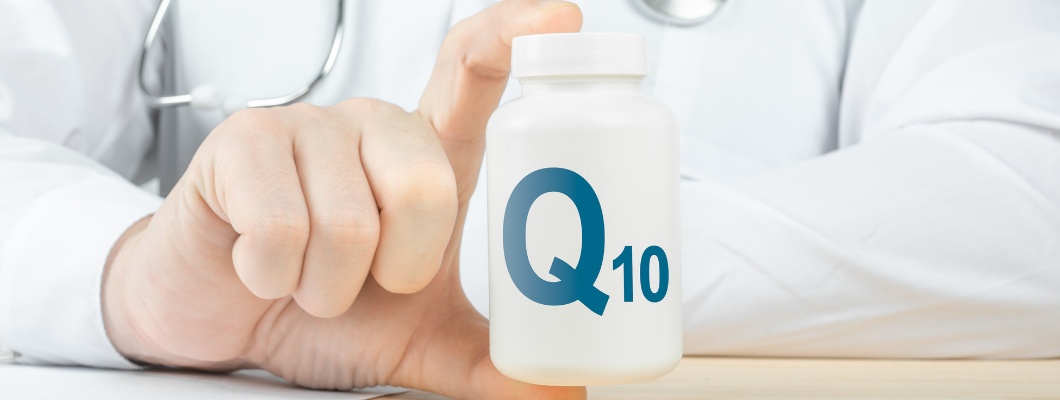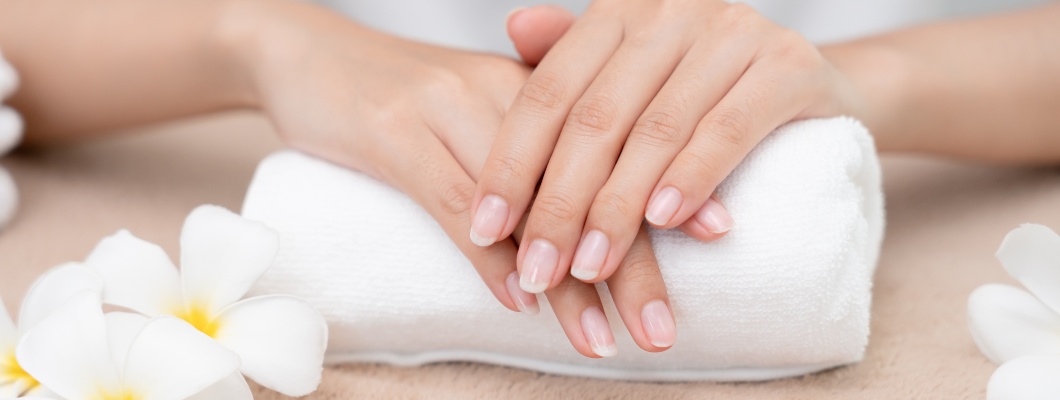How to Deal with Muscle Pain: Tips and Home Remedies

Muscle pain is a problem that affects people of all ages and professions. It can be sudden and short-lived or linger for a long time, interfering with our daily activities.
Many people ignore the symptoms or consider them insignificant which often leads to the problem worsening.
In this article we will share useful information and practical tips so that you can not only relieve the pain but also prevent it from recurring.
Table of Contents
1. What is Muscle Pain?
Muscle pain, also known as myalgia, is a condition that can affect a single muscle, a group of muscles or even the entire body. It is not a disease in itself but rather a symptom that can be related to a variety of physical or medical factors.
The pain can be dull, burning or throbbing and is often accompanied by a feeling of weakness or tightness.
It is divided into acute and chronic:
- Acute pain is usually short-lived and occurs as a result of a sudden injury or overuse;
- Chronic pain can last for weeks or even months and often requires more in-depth medical investigation to determine the cause.
2. Main Causes of Muscle Pain
There are many factors that can lead to muscle pain and they often overlap. In addition to the obvious causes like injury and overuse, there are also more hidden factors that often go unnoticed.
1. Overload during physical training
- Overtraining: Intense and prolonged training without adequate rest can lead to lactic acid buildup in the muscles, microtears in muscle fibers and inflammation;
- Lack of adaptation: Increasing the intensity, duration or frequency of training too quickly can overload the muscles;
- Improper technique: Poor form when performing exercises leads to uneven muscle load which increases the risk of injury and pain;
- Uniform load: Constantly using the same muscle group without variety in training can lead to excessive tissue wear and tear and muscle fatigue.
2. Muscle injuries
Injuries usually occur with sudden movement, excessive strain or improper technique during physical training:
- Minor injuries often cause acute, localized pain and may be accompanied by swelling or redness;
- More serious injuries, such as partial or complete muscle tears, can cause severe pain, significant loss of function and even hematomas.
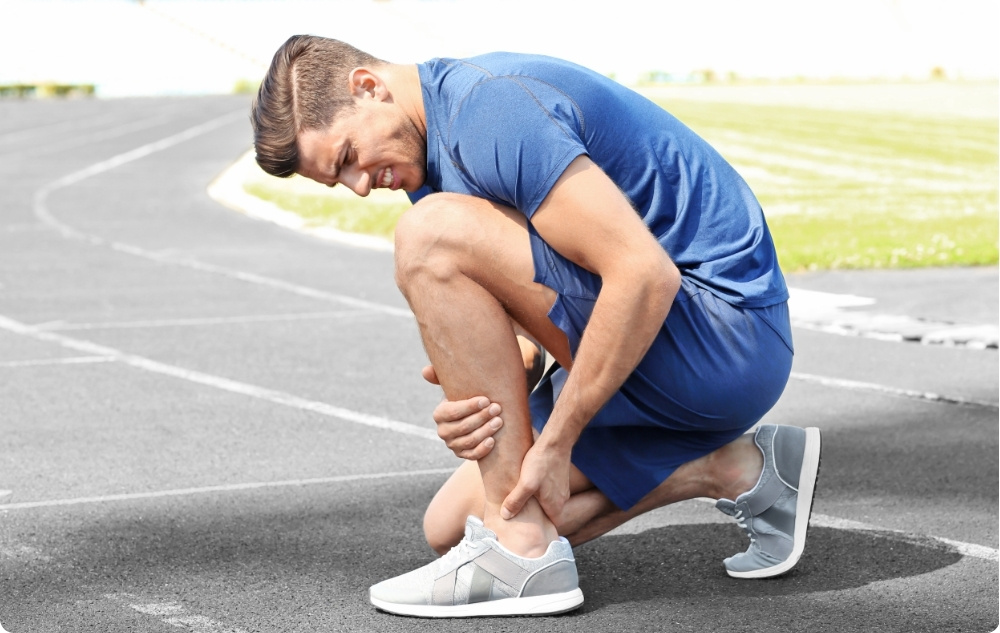
3. Aging
As we age, natural changes occur in the structure and function of muscles:
- Muscle loss (sarcopenia): After the age of 30, a progressive decrease in muscle mass and strength begins. This makes muscles weaker, less resilient and more susceptible to strain and pain;
- Reduced tissue elasticity: As we age, connective tissue and tendons lose their flexibility which increases the risk of strains and microtraumas during movement;
- Delayed recovery: Older people's muscles recover more slowly after physical exertion or injury which can lead to more prolonged pain.
4. Neurological disorders
Damage to the nervous system can lead to muscle dysfunction, spasms, weakness and pain.
- Impaired nerve transmission: When the nerves responsible for muscle control are damaged, signals between the brain and muscles can be interrupted or distorted, leading to pain and discomfort;
- Excessive muscle activation: Damaged nerves can cause spontaneous spasms that are painful and difficult to control;
- Nerve inflammation: Inflammatory processes in the nervous system often lead to muscle pain which can be sharp, burning or radiating to other parts of the body.
Common neurological disorders associated with muscle pain are sciatica, carpal tunnel syndrome, polyneuropathy and fibromyalgia.
5. Poor blood circulation
Muscles depend on an adequate supply of oxygen and nutrients and circulatory disorders can lead to a feeling of pain or cramps.
Symptoms of poor circulation are:
- Pain or heaviness in the legs, especially after physical activity;
- Frequent muscle cramps, especially at night;
- Numbness or a cold feeling in the extremities;
- Feeling of stiffness or fatigue in the muscles;
- Redness or discoloration of the skin in the affected areas.
3. How to Relieve Muscle Pain?
Relieving muscle pain often requires a combination of different approaches that can be adapted to individual needs.
Besides standard methods like rest and ice packs, you can also try:
Physiotherapy
Physical therapy specialists can offer personalized exercises and techniques to restore muscle function such as:
- therapeutic exercises to strengthen muscles;
- ultrasound therapy;
- electrical stimulation.
These techniques improve blood circulation, reduce inflammation and speed up recovery.
Acupuncture
This ancient technique involves the use of fine needles placed at specific points on the body. It is believed to stimulate energy flows and release tension in muscles.
Acupuncture increases the production of endorphins - natural painkillers in the body.

Take nutritional supplements
Magnesium is particularly helpful in reducing muscle spasms and cramps. Omega-3 fatty acids in fish oil have an anti-inflammatory effect, while vitamin D is key for proper muscle function.
Take these supplements after consulting a doctor or nutritionist.
Use orthopedic products
- Orthopedic insoles can provide proper body support for chronic pain or specific conditions such as flat feet or spinal curvatures;
- Corrective belts are useful for maintaining proper posture, which reduces strain on the muscles.
Apply homemade ointments
Homemade ointments with Arnica and Ginger can be an easy and natural way to relieve pain.
1. Homemade Ointment with Arnica
Required ingredients:
- 2 tablespoons dried Arnica flowers (or 1 tablespoon Arnica powder);
- 1/4 cup Coconut oil;
- 1 tablespoon beeswax;
- 5 drops Lavender essential oil (optional).
How to make it:
- Melt the Coconut Oil and Beeswax in a water bath;
- Add the Arnica and let the mixture steep for 10-15 minutes;
- Strain to remove solids;
- Add the essential oil and mix well;
- Store the ointment in a glass jar. Apply to the affected areas 2-3 times daily.
2. Homemade Ointment with Ginger
Required ingredients:
- 2 tablespoons grated fresh Ginger;
- 1/4 cup olive oil;
- 1/2 teaspoon cayenne pepper;
- 1 tablespoon beeswax.
How to make it:
- Mix the Ginger and olive oil in a small bowl and heat gently over low heat for 10 minutes;
- Strain the mixture and add the cayenne pepper;
- Melt the beeswax and add it to the mixture;
- Pour the ointment into a jar and let it harden;
- Use for topical relief by rubbing a small amount onto muscles.
Drink herbal teas
1. Tea with Chamomile
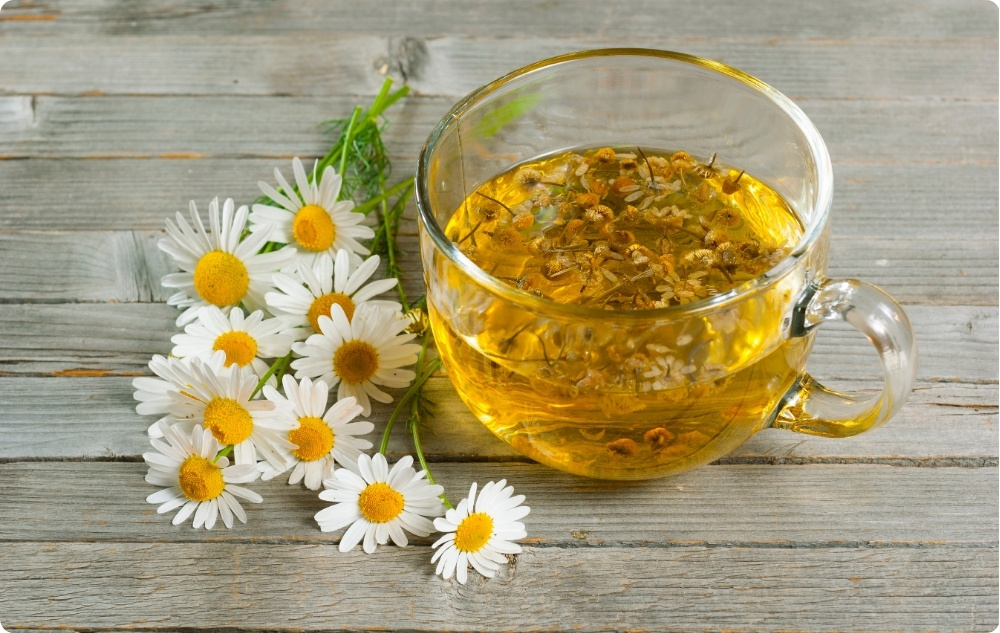
Required ingredients:
- 1 tablespoon dried Chamomile flowers;
- 1 cup hot water;
- 1 teaspoon honey (optional).
How to make it:
- Pour hot water over Chamomile and let steep for 5-7 minutes;
- Strain and add honey to taste;
- Drink before bed to relax tense muscles and relieve pain.
2. Tea with Ginger
Required ingredients:
- 1 tablespoon grated fresh Ginger;
- 1 cup hot water;
- 1 teaspoon honey.
How to make it:
- Pour hot water over Ginger and let steep for 10 minutes;
- Strain the tea and add honey for sweetness;
- Drink 2-3 times a day to reduce inflammation and pain.
4. How to Prevent Muscle Pain?
Regular physical activity
Moderate exercise such as walking, swimming or yoga, keeps muscles in good shape and reduces the risk of straining. It's also helpful to include exercises to stretch and strengthen the major muscle groups that support posture and movement.

Proper training technique
Using proper form and technique during exercise is essential. Seek advice from a fitness instructor or trainer if you are unsure about performing a particular exercise.
Proper technique not only prevents injuries but also improves training effectiveness.
Improving the working environment
If you work in an office or on a computer, make sure your workplace is ergonomic - appropriate desk height, computer position and use of appropriate furniture.
The ergonomic placement reduces strain on the muscles of the back, neck and shoulders.
Protein intake
Protein is key to rebuilding and strengthening muscle tissue. It's a good idea to include enough meat, fish, eggs or plant-based sources of protein like beans, lentils and tofu in your diet.
Proteins are especially important after physical training for muscle recovery.
Maintaining optimal weight
Being overweight increases the strain on muscles and joints. A balanced diet and regular physical activity can help maintain a healthy weight and reduce stress on the body.
Vitamin and mineral intake
Make sure you are getting enough Magnesium, Calcium and Vitamin D which are essential for muscle health. If necessary you can also include nutritional supplements, but only after consulting a specialist.
Muscle pain requires consistency and attention to the small details of everyday life. With appropriate measures you can significantly reduce the risk of pain and improve your quality of life.
5. When Should you Seek Medical Attention?
Muscle pain can often be managed at home but there are situations where it is important to see a specialist.
1. The pain gets worse over time
If the pain not only doesn't go away, but also becomes more intense, it could be a signal of a complication such as an infection or deep trauma.
2. Loss of muscle function
If you have difficulty moving the affected body part or notice weakness that doesn't improve it could be a symptom of serious nerve or muscle damage.
3. Changes in skin color
Bluish discoloration, paleness or a purple hue in the painful area may indicate circulatory problems.
4. Associated symptoms
If the pain is accompanied by unexplained sweating, shortness of breath, dizziness or loss of consciousness, it may be a sign of a systemic problem such as a cardiovascular disease.
5. Recurrent pain
The constant occurrence of muscle pain after certain activities or without an apparent cause requires examination by a doctor.
6. Negative reaction after taking medication
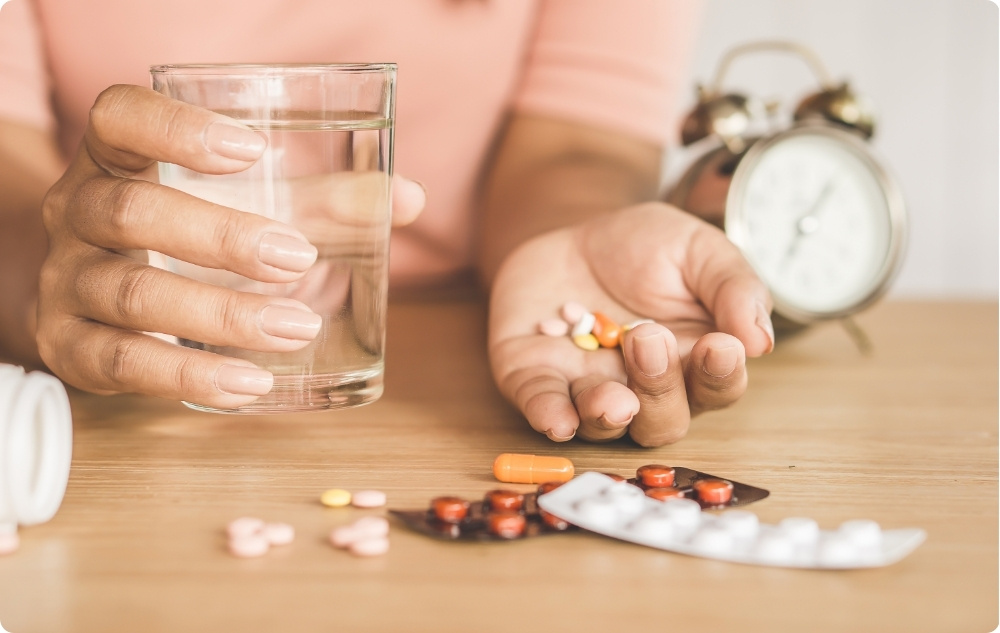
If you suspect that a certain medication is causing your muscle pain, your doctor may suggest an alternative or change the dosage.
When in doubt, it is always better to seek professional advice. Early diagnosis and proper treatment can prevent serious complications and speed up recovery.
6. Conclusion
Muscle pain is something we've all experienced - whether it's after a long day at work, an intense workout or just because of stress. The good news is that in most cases, we can help ourselves with a little more care and attention to our bodies. Simple things like gentle stretching, a warm compress or even a cup of Ginger tea can do wonders.
Of course, it's important to listen to your body's signals. If the pain persists or becomes too severe, do not delay and seek professional help.
SOURCES:
1. Cleveland Clinic: Myalgia (Muscle Pain) (18.02.2025)

